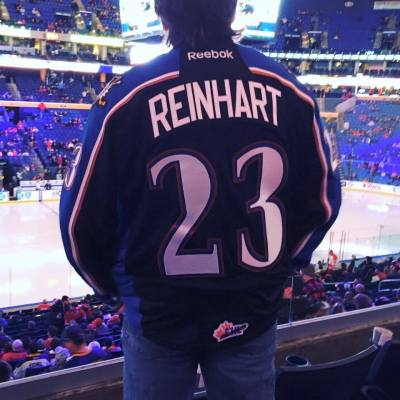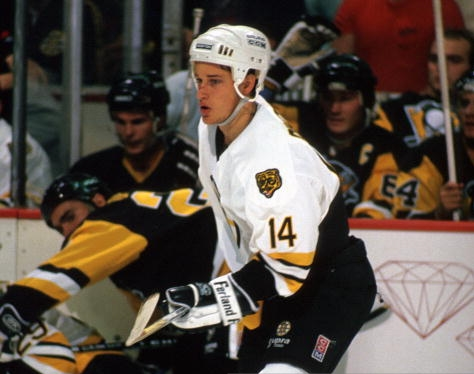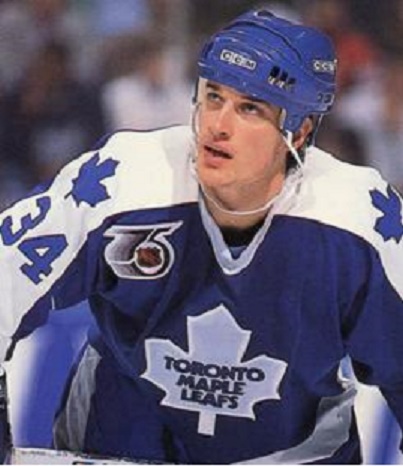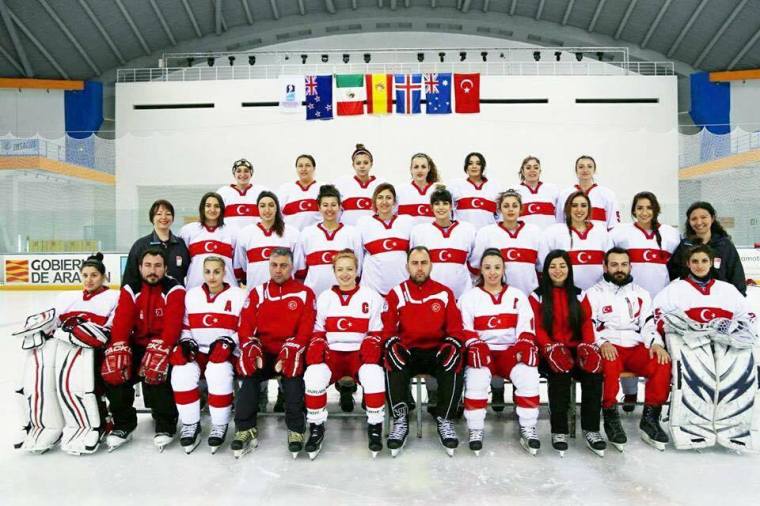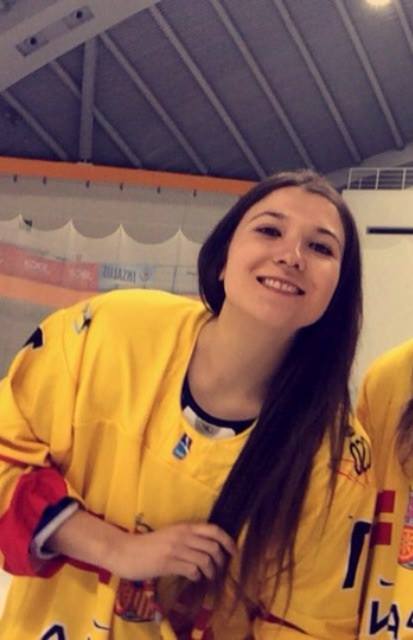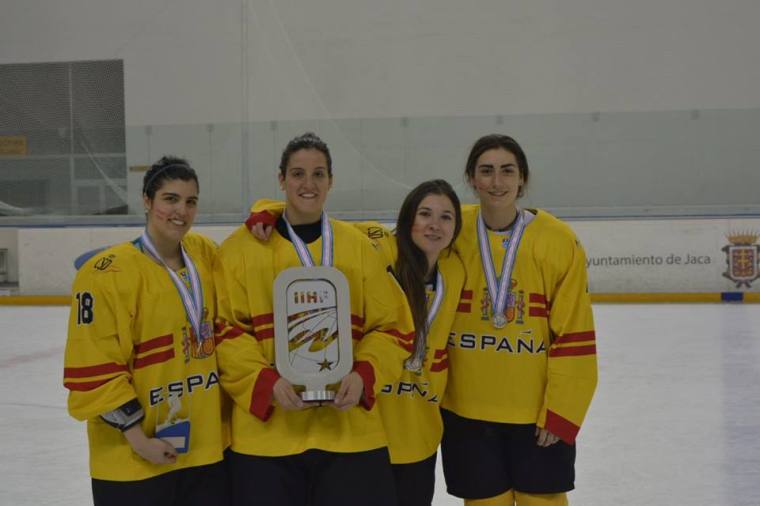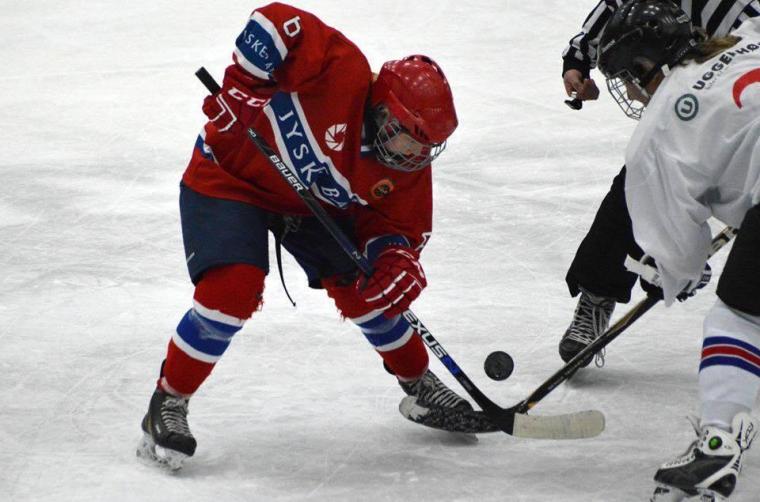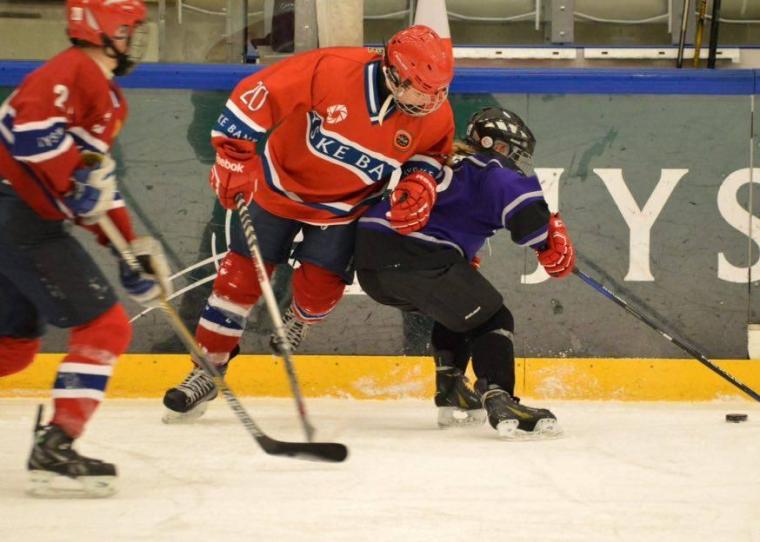
With the Los Angeles King now safely eliminated by the hands of the San Jose Sharks, and with no obviously imminent playoff disaster in sight, I feel that I can safely say who I am personally rooting for in the 2016 Stanley Cup playoffs – veteran Dainius Zubrus of the Sharks. I am a hockey traditionalist, and with less and less ties to the NHL’s game of the 1990s and prior, I always get a pang in my heart for seeing long time veterans getting their name on the Stanley Cup for the first time. Last year for me it was Chicago’s Kimmo Timonen. This year, it has got to be Zubrus.
It is almost difficult to fathom that the 37-year old Lithuanian has been a regular in the NHL since the 1996-97 season. How time does fly. Zubrus actually was a part of a run to the Stanley Cup Finals as an NHL rookie with the Philadelphia Flyers, who would fall in four games straight to the Detroit Red Wings. In the 1997 Finals, the 18-year old Zubrus would go pointless in the series, and would finish a minus-4.
I first became enamored with Dainius Zubrus when he briefly joined my hometown Buffalo Sabres, coming at the trade deadline during the 2006-07 season in exchange for seldom used Jiri Novotny and a 1st-round draft choice. Though I had seen Zubrus play many times prior, even in person from time to time, I had never paid him much mind until he wore Buffalo’s blue and gold. I could then see firsthand what he brought to his hockey club from night to night. Zubrus is a very large man, standing at 6-feet 5-inches and weighing 225-pounds. He is incredibly strong along the boards and in the corners. Zubrus ended up playing 19-regular season games with Buffalo that year, recording 4-goals and 4-assists to add to his point totals from earlier in the season with the Washington Capitals who had traded him to the Sabres; he finished the year with a very solid 24-goals and 36-assists for 60-points across 79-total games between Washington and Buffalo.

But where I was most amazed with Zubrus that season was how fierce he played during the Sabres’ playoff run that saw them make it all the way to the Stanley Cup semi-finals for the second year in a row. In 15-playoff games that season, Zubrus seemed to hit everything that moved, constantly throwing his imposing frame at the opposition, especially when fighting for the puck around the net. Despite knowing that Zubrus had immense size, I never had realized previously that he was the furthest thing from being a soft player. By no means did he fit the European stereotype that I immensely hate and am often infuriated by its implications. Zubrus is a prime example of how false that stereotype is. While he did not score a goal during Buffalo’s playoff run, he did put up 8-helpers for his team that postseason; third most on the Sabres behind Danny Briere and Tim Connolly. But he also played inspired, devil-may-care hockey, and that seemed to make an enormous difference for Buffalo’s push throughout the playoffs. I had greatly hoped that Buffalo would recognize how much of a positive difference having Zubrus on their roster would be and that they would decide to keep him in the offseason, but it was not to be. Dainius would end up signing with the New Jersey Devils that July, and would remain with them for 8-years.
Fifteen years after his rookie run, Zubrus would have a second shot at winning Lord Stanley’s Cup, this time with New Jersey. The 2011-12 Devils were led by the explosive firepower of sniper Ilya Kovalchuk, as well as veterans Patrik Elias, Zach Parise, David Clarkson, Petr Sykora and Zubrus, all of whom hit double-digits in goals. 33-years old at the time, Dainius Zubrus appeared in all 82-regular season games that season for the Devils (17-goals, 27-assists, 44-points) and all 24-playoff games as well (3-goals, 7-assists, 10-points). Despite the strong push from New Jersey’s offense and their ageless goaltending tandem of Martin Brodeur and Johan Hedberg, the Devils would lose in the Cup Finals to the Los Angeles Kings, falling 4-games to 2. In the 6-game Finals series, Zubrus would finish with 1-assist and as a minus-1. In 15-years, he would fall significantly short in both Stanley Cup Finals appearances.
After the 2014-15 season, his last in New Jersey, I had feared that Dainius Zubrus’ career was over. In July 2015, the Devils placed Zubrus on waivers, with the intent of terminating his contract. Then, after being invited to a late-October tryout with the St. Louis Blues, he would fail to earn himself a contract after the Blues decided to sign another veteran instead, Martin Havlat. Fortunately though, San Jose Sharks’ General Manager Doug Wilson, who is well-known to be a willing participant in giving veteran players the opportunity to extend their careers (i.e. Sandis Ozolinsh, Claude Lemieux), decided to offer Zubrus a tryout of his own on November 16th, 2015,and then signing him to contract a mere 8-days later.
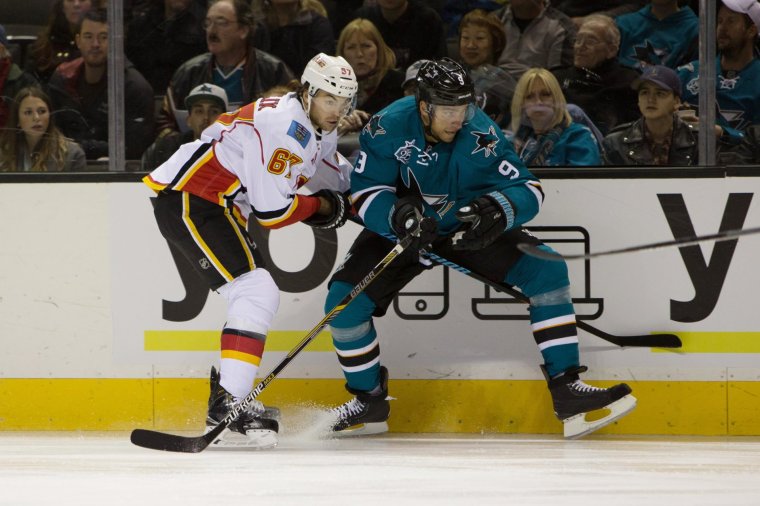
In 50-games this current 2015-16 season with the Sharks, Zubrus has recorded 3-goals and 4-assists; the lowest point total of his 19 NHL seasons, although he would finish the season as a plus-4. And while he was also a healthy scratch for the five games of the Sharks’ opening round defeat over the Kings, I feel content in knowing that Zubrus played enough games during the regular season to qualify for having his name engraved on the Stanley Cup should the San Jose Sharks finally get the monkey off their back and win it all for the very first time.
And that’s what I want. For I believe that if a player like Dainius Zubrus devotes 19-years to playing in the greatest hockey league in the world (it would have been 20-years if it were not for the lockout), then he deserves to finally have him name placed on the Stanley Cup. It would be a storybook ending, both for Zubrus and for the Sharks. San Jose has three players – Zubrus, Joe Thornton and Patrick Marleau – who having been playing in the NHL since the 1990s. I suppose that I could have even highlighted Marleau or Thornton instead of Zubrus, but Marleau and Thornton have also won Olympic gold medals and neither really had to worry about not being on an NHL roster this season. Zubrus on the other hand was close to going three strikes and out since the summer after failing to gain a spot with either New Jersey or St. Louis previously. He instead had demonstrate his workhorse capabilities once more, despite having 37-year old legs, in order to garner a spot on the Sharks roster. And now, he has earned himself one more, possibly final, opportunity to win the Cup. So as these 2016 Stanley Cup playoffs continue, and with the first round underneath their belts, I finally feel comfortable announcing that I want the Sharks to win it all. For San Jose. For Marleau and Thornton. And for Dainius Zubrus.
